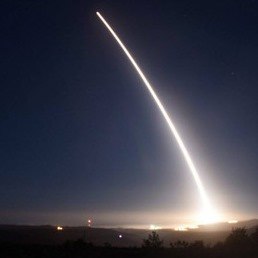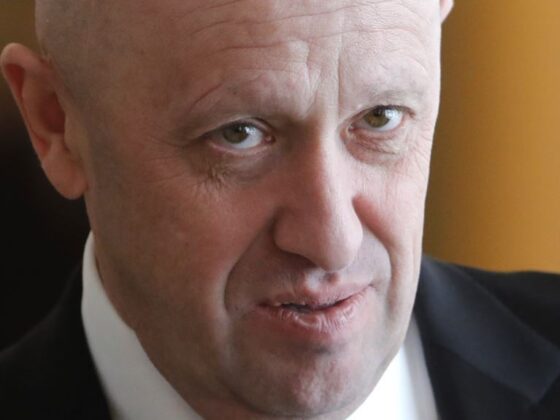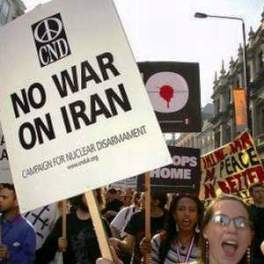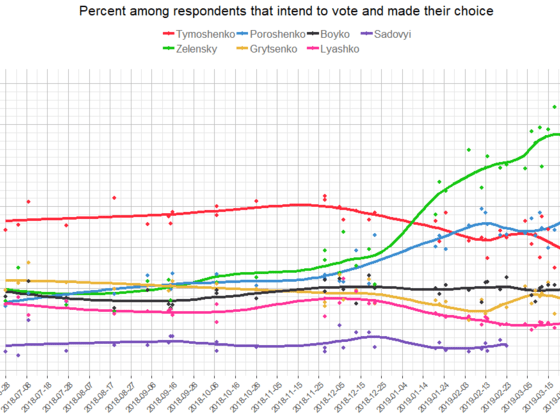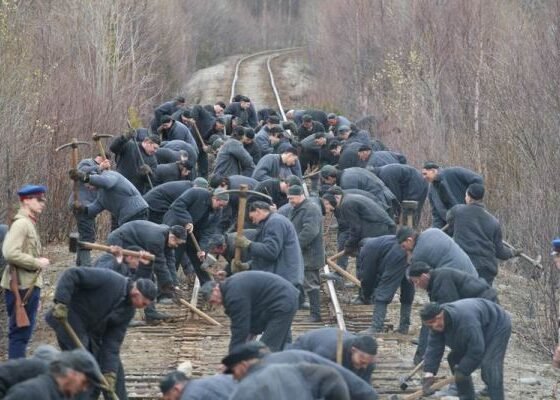(The Christian Science Monitor) Proponents of upgrading the US nuclear arsenal say that the current weapons are out of date. Advancing the United States’s commitment to modernizing its aging nuclear fleet, the Air Force put out the call Friday for industry proposals to redesign its air-launched nuclear cruise missile and land-based intercontinental ballistic missile (ICBM) system.
The two projects fall within the government’s efforts to upgrade the country’s nuclear arsenal, at an estimated cost of $1 trillion over three decades and reignite a longstanding debate about whether the United States needs to maintain each of the three legs in the triad of its nuclear deterrence strategy, with warheads poised to launch from land, sea, and air, even with a much smaller total arsenal.
The need to update the US nuclear arsenal is broadly acknowledged, but while some experts advocate preserving the triad, others argue for focusing on the most effective weapons.
The Air Force said in a statement it will award two contracts for a new ICBM system by the end of 2017, to replace the Minuteman III missile, whose launch systems and physical infrastructure have been updated over the years but date back to the mid-1960s. Military contractors Boeing, Northrop Grumman, and Lockheed Martin will also compete to design the new air-launched missile to replace a weapon from the 1980s that has a 10 year design life.
In part, "This request for proposals is the next step to ensuring the nation's ICBM leg of the nuclear triad remains safe, secure and effective," said Major General Scott Jansson, who leads the Air Force program office for strategic systems. The request will also help build up the air-launched leg of the triad.
Some critics say that the US no longer needs ICBMs. “We have ample deterrence from the submarine force, and certainly if you add the bomber force to that, that’s an overwhelming deterrence force. So I cannot understand the argument that we also need ICBMs for deterrence. We might need ICBMs for other reasons, for geopolitical reasons, but not for deterrence. Any sane nation would be deterred by the incredible striking power of our submarine force,” Former Defense Secretary William Perry (and author of the book My Journey at the Nuclear Brink) said during an interview with the Arms Control Association.
Similarly, Nikolai Sokov, senior fellow at Center for Nonproliferation Studies in Monterey, claims that it would make sense to seriously consider moving from the nuclear triad to a two-component dyad, asking, “Does it really make sense to spend all the money on a new land-based missile, when the addition to the overall force is limited?”
US standards and planning around nuclear weapons have not been sufficiently updated since the Cold War, Dr. Sokov argues. “The smaller the force, the more thought you need to give to the composition of the force. I would say that the Cold War standards of how you plan the force no longer apply. During the Cold War, we had thousands upon thousands of nuclear weapons. I’m just not really sure that anyone seriously considers the technical and financial impact of a much smaller force.”
The US stockpile of nuclear weapons has declined from 19,008 warheads at the collapse of the Soviet Union in 1991 to 4,571 in 2015, according to the Defense Department. Today, the strategic arsenal hovers around 1,500 deployed warheads. Russia’s President Vladimir Putin has refused President Obama’s overtures for a bilateral agreement to drop that number even further to 1,000 […]
By Nicole Orttung

